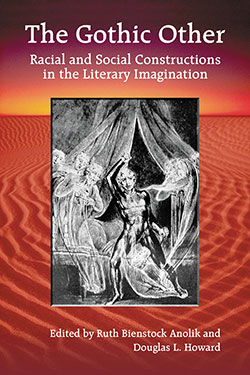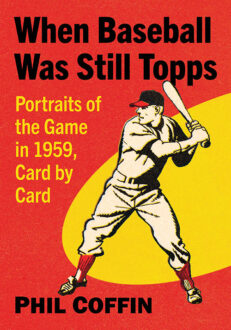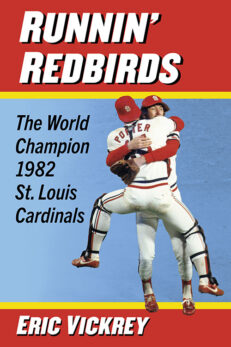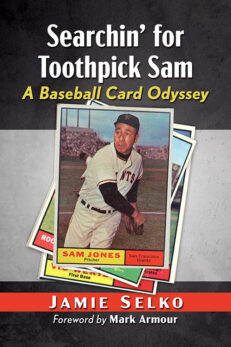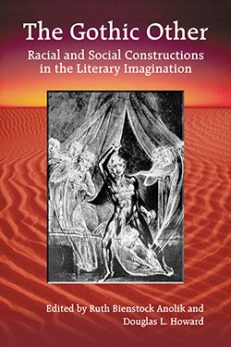The Gothic Other
Racial and Social Constructions in the Literary Imagination
$39.95
In stock
About the Book
Literary use of the Gothic is marked by an anxious encounter with otherness, with the dark and mysterious unknown. From its earliest manifestations in the turbulent eighteenth century, this seemingly escapist mode has provided for authors a useful ground upon which to safely confront very real fears and horrors. The essays here examine texts in which Gothic fear is relocated onto the figure of the racial and social Other, the Other who replaces the supernatural ghost or grotesque monster as the code for mystery and danger, ultimately becoming as horrifying, threatening and unknowable as the typical Gothic manifestation. The range of essays reveals that writers from many canons and cultures are attracted to the Gothic as a ready medium for expression of racial and social anxieties. The essays are grouped into sections that focus on such topics as race, religion, class, and centers of power.
About the Author(s)
Bibliographic Details
Edited by Ruth Bienstock Anolik and Douglas L. Howard
Format: softcover (6 x 9)
Pages: 320
Bibliographic Info: notes, bibliography, index
Copyright Date: 2004
pISBN: 978-0-7864-1858-9
eISBN: 978-0-7864-2710-9
Imprint: McFarland
Table of Contents
Acknowledgments vii
Introduction: The Dark Unknown 1
PART I: DEMONIZING THE RACIAL OTHER, HUMANIZING THE SELF
1. White Terror, Black Dreams: Gothic Constructions of Race in the Nineteenth Century 17
2. Slavery and Civic Recovery: Gothic Interventions in Whitman and Weld 32
3. Cane: Jean Toomer’s Gothic Black Modernism 54
4. Mixed Blood Couples: Monsters and Miscegenation in U.S. Horror Cinema 72
5. Diseased States, Public Minds: Native American Ghosts in Early National Literature 90
6. Yellow Peril, Dark Hero: Fu Manchu and the “Gothic Bedevilment” of Racist Intent 104
7. A Return to the Caves: E.M. Forster’s Gothic Passage 120
PART II: DEMONIZING THE RELIGIOUS OTHER, HUMANIZING THE SELF
8. Gothic Routes, or the Thrills of Ethnography: Frances Calderon de la Barca’s Life in Mexico 143
9. The Infamous Svengali: George Du Maurier’s Satanic Jew 163
PART III: DARK MASTER, DARK SLAVE: CLASS HATRED AND CLASS FEAR
10. The Death of Zofloya; or, The Moor as Epistemological Limit 197
11. “The Vampyre”: Romantic Metaphysics and the Aristocratic Other 212
12. “Screaming While School Was in Session”: The Construction of Monstrosity in Stephen King’s Schoolhouse Gothic 236
PART IV: WHEN THE SELF IS THE OTHER: HUMANIZING THE OTHER, DEMONIZING THE OPRESSOR
13. The Cage of Obscene Birds: The Myth of the Southern Garden in Frederick Douglass’s My Bondage and My Freedom 251
14. Gothic in the Himalayas: Powell and Pressburger’s Black Narcissus 264
PART V: WHEN THE OTHER IS THE SELF: DECONSTRUCTING THE CATEGORIES
15. Defanging Dracula: The Disappearing Other in Coppola’s Bram Stoker’s Dracula 289
List of Contributors 303
Index 307

